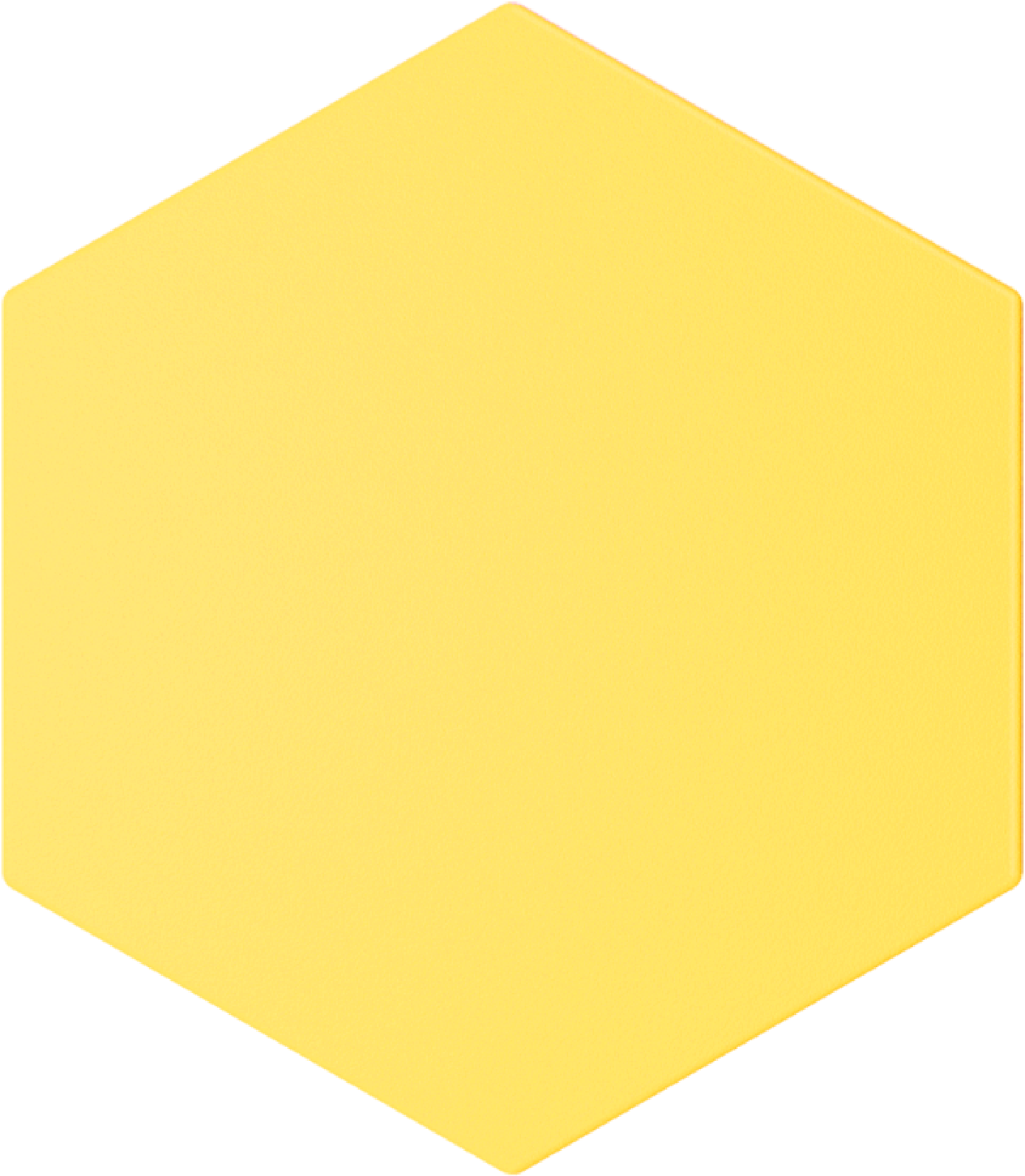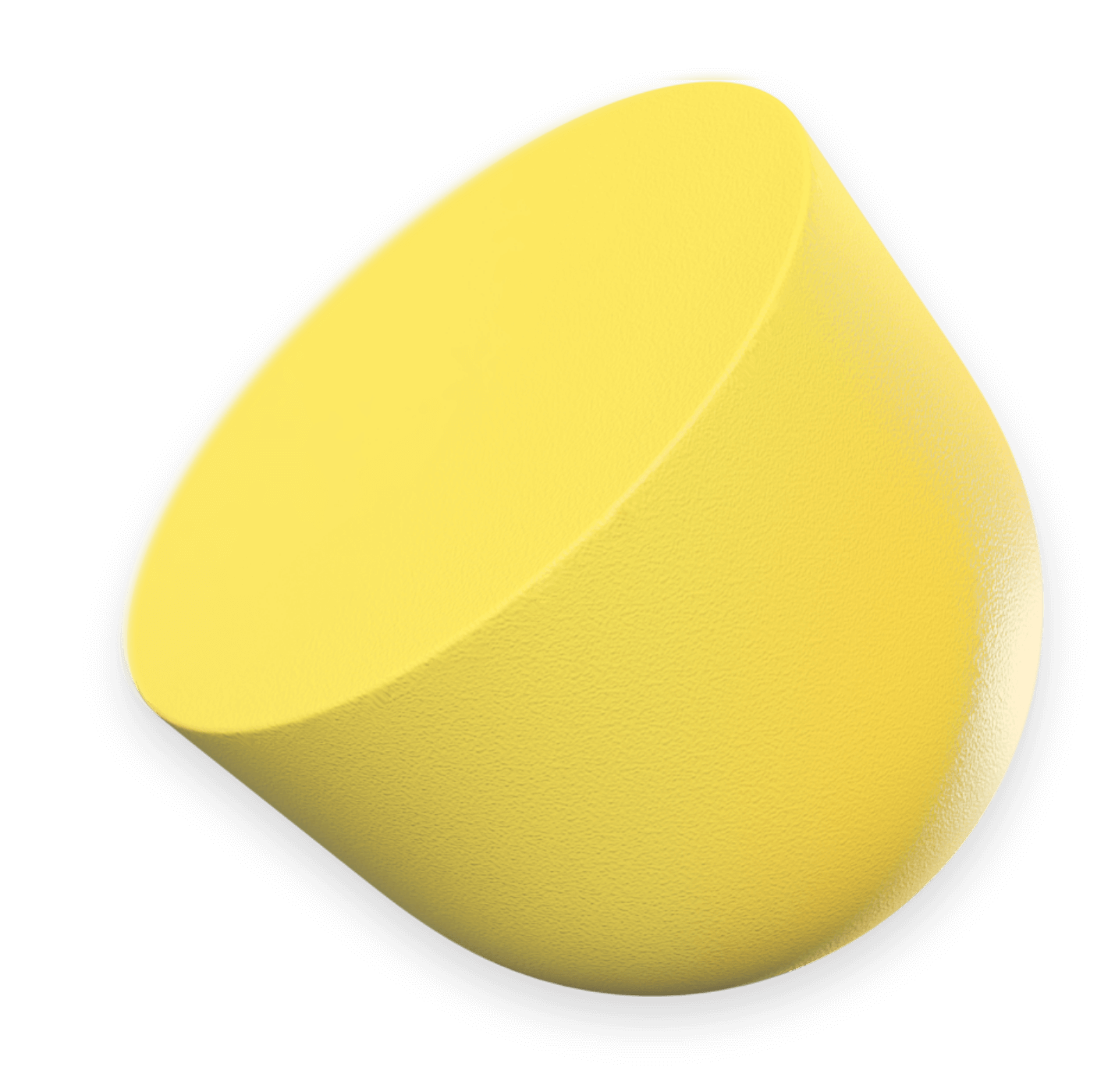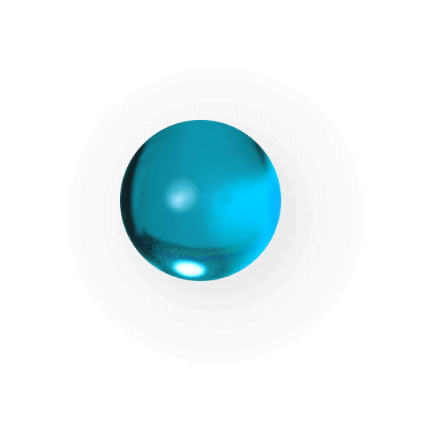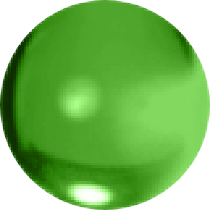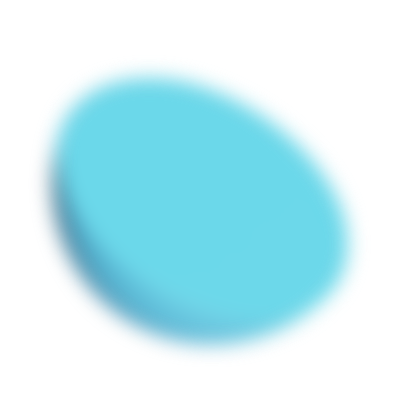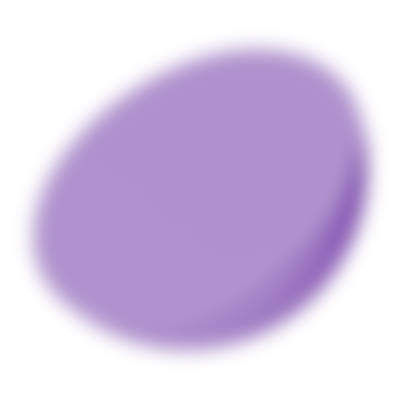AUO SDGs
AUO CSR EPS Targets
Environment
Circular Production
Reduce the environmental impact of the production process; take circular economy value and extended applications into account
Leading in sustainable innovation, becoming the best partner for green product solutions
The Earth’s natural resources are finite. Thus, besides continuously developing innovative and forward-looking functionalities, we also focus on the usage rate of our natural resources. We provide sustainable products that are beneficial to raw materials recycling, re-use, energy-saving. From the design stage, we raise the environmental benefits, enhance products circularity level to build a competitive power based on green products.

Recycling and re-use
Develop technologies to recycle and re-use materials and raise the usage rate of resources-to-products.

Easy to disassemble and repair
We apply recycling-friendly design rules to product repair and re-use.

Optimization of environmental impact
We simultaneously raise product functionality and sustainability that balance the ecology and resources.
A thought on product life cycles
As we raise product usability throughout their lifecycles, we also raise their functionality and value and reduce energy waste and environmental impact in order to create green business opportunities along the value chain.






AUO Product environmental information: Life Cycle Assessment / End of Life Cycle E-waste Indicators / Environmental Labels and Delarations
01
Raw materials
Optimize raw materials use (re-use and recycling of raw materials)

According to " New Product Phase Exit Criteria - Display," all parts from suppliers must be verified by AUO as "green." The " Regulation of hazardous substances for green product - Display Product" underwent its 25th revision and took effect in 2025, listing up to 155 controlled substances. It encompasses the declarable substances listed in the Material Declaration for Products of and for the Electrotechnical Industry (IEC 62474) and the specifications of key customers.
Use improvements to materials and power consumption during the product design phase to help products conform to future Energy Star scenarios on energy-efficiency performance standards.
AUO is continuing to promote sustainable products, and new products are designed to use recycled circular materials as much as possible.More than 250 product models have now introduced a certain ratio of recycled materials including plastics, metals, and glass.
02
Manufacturing
Improve manufacturing efficiency (energy conservation, CO2 emissions reduction)

Reduction of energy use (The electricity saving rate in 2024 has reached 4.72%; based on 2021, the target is to save 30% electricity by 2030.), water use, emissions, and waste generation - those product design criteria are defined and reviewed by AUO's Sustainability and ERM Committee.
03
Transportation
Optimization of packaging and logistics

AUO is committed to Eco-friendly design and packaging materials development, meet EPEAT certification specifications, effectively increase customer sales breadth and reduce environmental impact.
AUO began collaborating with suppliers on the packaging recycling project in 2018. Recycling covered 5 common plastic materials including trays, collection bins, pallets, partitions, and plastic bottles. A common example is plastic trays and pallets. 12,700 tons were recycled and reused in 2024. (Plastic Packaging Average recycling rate 95.8%)
Storage space was provided by AUO to set up on-site collection points to facilitate the collection, sorting, cleaning, and repeated use of packaging. (Tray average recycling rate 96.5%)
AUO is committed to Eco-friendly design and packaging materials development, meet TCO & EPEAT certification specifications, effectively increase customer sales breadth and reduce environmental impact.
04
Use
Reduce energy consumption, prolong the life of products

Displays that use ChLC technology can reduce power consumption by over 90% compared to normal LCD displays, making it the ultimate display technology for energy-efficiency. LTPS technology with its ultra-narrow bezel and energy-efficiency advantages was applied by AUO to the high-end notebook market characterized by lightweight, narrow bezel, and long standby times. The AHVA3+ new pixel high penetration design and high-efficiency color condenser were adopted in response to the TCO 10.0 display product energy consumption specifications to continue improving product energy consumption. The design was applied in 2024 to 23.9”, 28” and 31.5” products with different resolutions. Based on 2021 as the benchmark, desktop display products in 2024 achieved a 25% reduction in energy consumption. AmLED energy-saving products were adopted by 25 new automotive product project in 2024. The energy consumption of automotive products in 2024 was more than 20% lower than 2021.
05
Waste
Disassemble, recycle, and re-use easily

AUO complies with the requirements of the European Union's WEEE directive. Product designs prioritize easy disassembly and recyclability. AUO completes the WEEE Disassembly Report of Product in accordance with the WEEE Recovery Rate Calculation Procedure to provide customers with information for evaluating the WEEE of the end products.
The outcomes from ongoing initiatives on circular reuse of manufacturing materials, the recycling of developer and stripper fluids, sludge reduction, water recycling and reduction, and waste reduction during 2024 translated to 4.38 billion NTD. Between 2023 and 2024, AUO switched to Solid Recovered Fuel (SRF) as the disposal method for the 112.5 tons of polarizers produced by our sites. The polarizers were handed over to qualified vendors and used as an alternate fuel for coal in their boilers to offer an enhanced circulation model.







